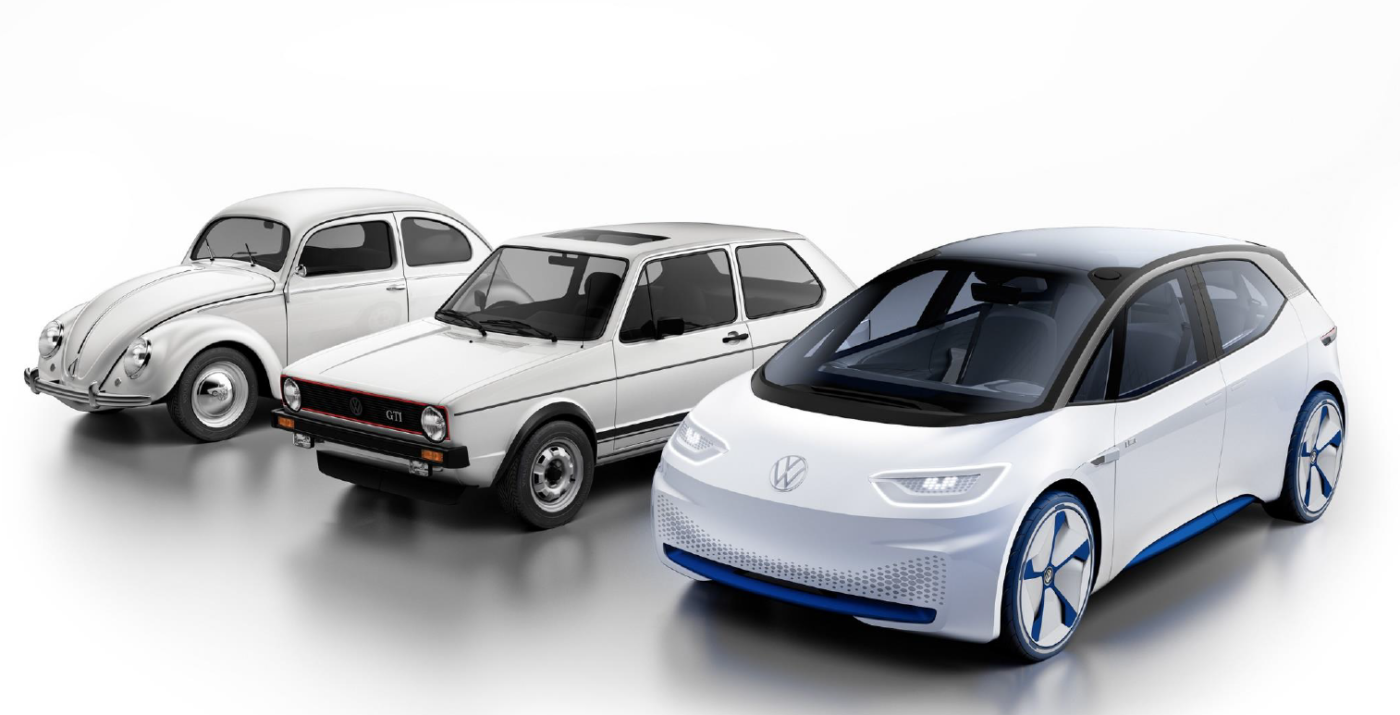Lots of talk is now being followed by lots of product action, electric cars (partial or full) are now becoming available from more and more brands – Tesla is no longer the only desirable kid on the block.
Now the type of fuel and propulsion is not the only change to our cars. They are changing in the way they are styled – the way they look. There are a couple of primary reasons as to why this is happening. Firstly, there maybe a certain amount of desire (on the driver’s behalf) to make a statement. Look at my car. This is a hybrid/electric vehicle. Yeah.
This didn’t always work historically. Anecdotally, Toyota had feedback on the Prius that the styling was a bit ‘out there’ for many tastes and this fancy hybrid job would be more palatable if the styling were to be toned down, or even available in a ‘normal’ guise.
Great, thought Toyota. We’ve got this. Hold our beer. Here’s a hybrid Auris. Hello… Oh. Not THAT normal.
To be fair to Toyota, the Auris improved in its desirability in further generations. However, with hybrid propulsion being mainstream, they have now launched the Corolla along with a RAV4 SUV hybrid. My experience of that car so far is most people I have asked have commented on what a good looking car it is. So now it looks like a car people can desire AND it is powered by a hybrid drivetrain. Join the queue, we’ll get to you soon…
More pertinently, however, the design of a vehicle to be only ever available in fully electric format can be configured differently to a car powered by an Internal Combustion Engine (ICE). Why? Because there isn’t an engine (and all the ancillary bits) to house anywhere.
So, rather than a ‘different’ looking variation of a regular ICE, the packaging can be quite different.
Take the forthcoming VW ID3. VW are positioning it as a Golf size car (same rough footprint) with Passat size interior and luggage space.
The equation is straightforward. As there is no bulky engine (and associated bits) to package, there is some space to play with – the electric motor(s) is much smaller.
Also, the batteries are arranged as part of the floor of the car – when an ICE car is adapted to be an electric version, the under-bonnet space is generally occupied by the motor and the batteries find a home under the boot floor, often reducing boot capacity. Square pegs, round holes and all that.
All this, then allows the vehicle designers to play around with the proportions and the look of the car. With the Prius example, customers were keen not to have a ‘different’ looking car just because it is (partly) powered by electricity, I think it is safe to say that customers are now keen to own/drive something that looks different.

